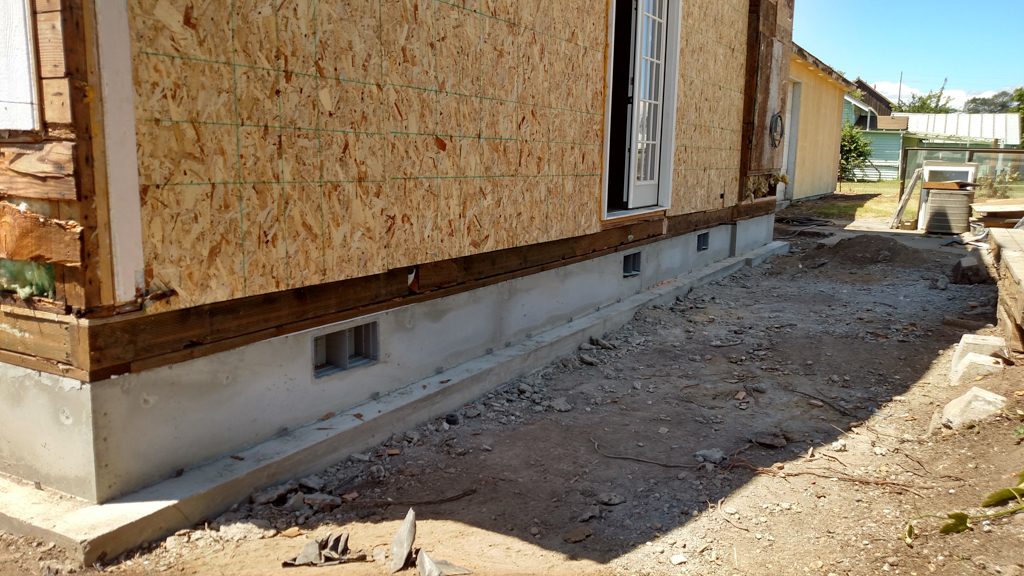A retaining wall is a critical component to maintain the structural integrity of a property. In most cases, the retaining wall is constructed on the property’s northern side. Retaining walls provide easy access and shelter to moving vehicles and can also be built to enhance the beauty of the landscaping. Regardless of the purpose, a retaining wall is often one of the most expensive components of any home or commercial building. Unfortunately, many homeowners and building owners do not take into consideration the importance of selecting the appropriate concrete retaining wall for their needs. As a result, retaining walls may prove to be a costly mistake.
When choosing a concrete retaining wall, it is important to understand the various options available. Retaining walls can be built from precast products or poured concrete. While most people assume that a concrete retaining wall is an expensive option, it is actually a cheap option when compared to other options such as natural stone retaining walls. If you take the time to educate yourself on the different options available and evaluate your budget accordingly, you will be able to choose the best option for your needs.
The type of material used to construct the retaining wall will determine its cost. Concrete walls are typically comprised of reinforced polystyrene foam and polyurethane. If you are working with a limited budget, foam and polyurethane options are great ways to keep costs down. For concrete retaining walls that are to be placed outside, concrete is usually poured directly onto the soil. There are many advantages to this type of construction, but one of the most notable benefits is that the concrete is immediately usable.
Once the concrete is poured onto the soil, you will have an open ending similar to a regular brick wall. If you are placing the retaining wall inside of your home, there are several options available to you. You may elect to construct the retaining wall from actual bricks or from concrete slabs that can be stacked on top of one another. You may also elect to purchase precast retaining wall kits that include all of the necessary tools and materials.
Depending upon the amount of money that you have available for your retained wall project, you can decide to build the retaining wall utilizing low-density polyethylene (LDPE) or high-density polyethylene (HDPE). Both of these options are considered low maintenance and fire retardant. The main consideration when selecting either of these options is the amount of sunlight that will be allowed into the home. For those who live in a sunny state, installing low-density vinyl sheeting over concrete may be the best course of action. For those who live in a less than ideal geographical location, installing HDPE sheeting over concrete may be the best option.
Another consideration for selecting the right retaining wall material is aesthetics. Different styles and colors will enhance the overall appearance of your home while adding safety to the structure. It is important that you select colors that will complement the rest of the house. Some of the more popular options include copper, iron, brick, and stone.
Concrete retaining walls are typically constructed using cement, concrete, stone, or paver blocks. There are many different styles and options to choose from. In most cases, concrete retaining walls are constructed without mortar. However, in areas where there is frequent ground movement, it may be necessary to use mortar as an additional layer.
With so many different styles and materials available, there is a style and design to meet any homeowner’s needs. No matter what you decide, be sure to hire a licensed professional to construct your retaining wall. The added investment will be well worth the effort. Your family will be safer, your landscaping will be enhanced and you will be able to save money on your home improvement project.

